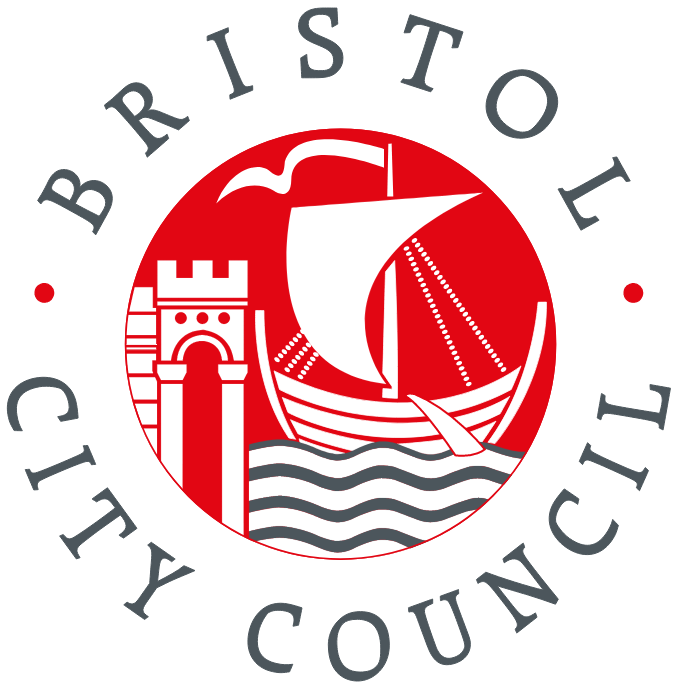
At a Glance…
Peopletoo addressed key issues in the ASC pathway, including long waiting times, workforce shortages, and inefficient processes, by co-designing a new Target Operating Model (TOM) with staff to streamline services and improve outcomes. The TOM is set to enhance customer experience, increase efficiency, and boost staff confidence, while offering opportunities to reduce care costs and optimise staffing levels through improved decision-making and operational efficiencies.
The Challenge
Through diagnostic work and engagement across the ASC pathway, several key issues were identified, including long waiting times for assessments and reviews, workforce shortages, and an overly complex, fragmented system. Frequent hand-offs between teams and resource-driven friction result in delays, while inefficient processes waste practitioners’ time. Additionally, staff often feel that changes are imposed without clear rationale, and the current environment hinders effective cost management.
Our Approach & Delivery
In response to the significant challenges, it was proposed that a new TOM would be the most effective solution to improve the system and ensure workforce sufficiency. Peopletoo embarked on a collaborative process to co-design both the vision and the model to enhance outcomes. Extensive staff engagement resulted in the development of key elements, including a demand modelling tool, a streamlined customer journey, a revised front-door approach with the goal of providing the right support first time, and a new operating structure with a revised skill mix. Additional components include a practice and competency framework, a skills- driven learning and development plan, a performance framework, and detailed implementation plans to drive system and process changes.
Outcomes Achieved
The implementation of the TOM will bring significant improvements by enhancing the customer journey and experience through quicker responses and fewer hand-offs. It will drive greater efficiency and performance through a shared understanding and better management of performance measures, ensure better alignment of priorities through structural changes, and increase staff confidence and satisfaction by providing learning, development, and peer support.
Additionally, the TOM presents opportunities to reduce care purchasing costs by promoting greater diversion and enabling independent outcomes through improved decision-making, supporting current projects in meeting their goals. It also offers the potential to lower staffing levels by unlocking efficiencies, subject to full implementation and changes in demand.